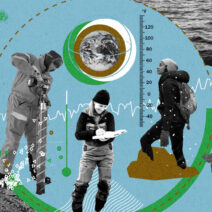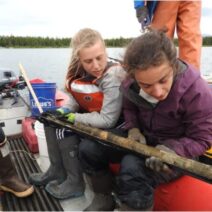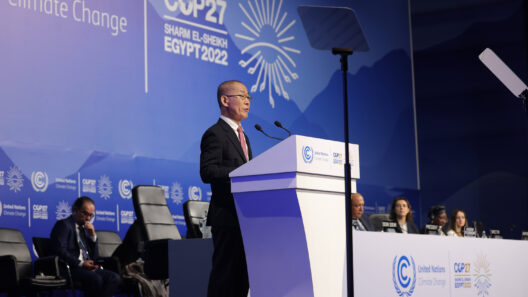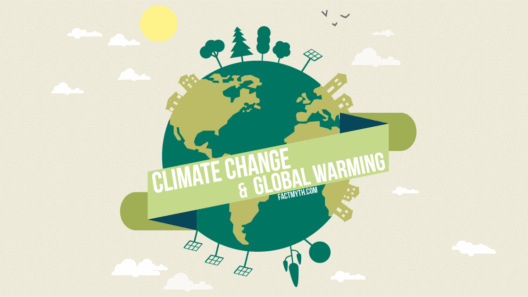Climate change has emerged as one of the paramount challenges of our time, and California, often heralded as a leader in environmental education, has taken notable strides to address this pressing issue within its educational system. The state’s approach encompasses not only the inclusion of climate science in curricula but also the promotion of sustainability and ecological awareness among students. This article delves into how global warming is addressed in California schools, exploring the various methods, programs, and philosophies that underlie educational efforts in this critical area.
One of the most significant aspects of California’s education system regarding climate change is the integration of climate literacy into K-12 curricula. The California State Board of Education has established frameworks that embed climate education across various subjects, transcending traditional disciplinary boundaries. For instance, lessons in biology may now include discussions on ecosystems and the impacts of climate change, while social studies may examine the socio-economic ramifications of environmental degradation. This multidisciplinary approach fosters a holistic understanding of climate science, allowing students to appreciate the complexity of the issue.
Moreover, California has been proactive in developing specific educational standards focused on climate change. The Next Generation Science Standards (NGSS), adopted in California, includes climate-related content that emphasizes both scientific processes and real-world applications. Students are encouraged to engage in hands-on learning experiences, such as conducting experiments, analyzing data, or participating in environmental projects that highlight the principles of sustainability and conservation. By immersing students in experiential learning, California schools cultivate critical thinking and problem-solving skills essential for addressing future challenges related to climate change.
In addition to science education, California is fostering environmental mindfulness through its emphasis on social-emotional learning (SEL). By integrating SEL with climate education, schools are not only informing students about the facts of climate change but are also nurturing their emotional responses to these realities. This approach acknowledges the anxiety and despair that often accompany discussions about global warming, helping students develop resilience and advocacy skills. Workshops and programs that promote emotional well-being alongside informational content enable students to channel their concerns into meaningful actions, such as participating in local environmental initiatives or advocating for policy changes.
Beyond the classroom, California schools are increasingly engaging students in sustainability practices through campus-wide initiatives. Many educational institutions have adopted green practices, such as recycling programs, energy conservation efforts, and the incorporation of school gardens. These initiatives serve as practical applications of classroom learning, allowing students to witness firsthand the impact of their actions on the environment. In essence, these practices instill a sense of stewardship, encouraging students to take responsibility not just for their immediate surroundings but for the global ecosystem as a whole.
The role of educators in California’s climate education landscape cannot be overstated. Teachers are becoming vital agents of change, equipped with the knowledge and tools to facilitate discussions on climate science. Professional development programs focusing on climate education enable educators to stay informed about current research and pedagogical methods. By fostering a culture of continuous learning among teachers, California ensures that they are prepared to convey complex climate issues with clarity and conviction.
California also recognizes the importance of community engagement in addressing climate change within schools. Partnerships with local organizations, non-profits, and governmental agencies enhance educational resources and provide students with real-world application opportunities. For instance, students may participate in community clean-up days, tree planting events, or local environmental campaigns, forging connections between classroom learning and community action. These collaborative efforts cultivate an understanding of civic responsibility by demonstrating that individual actions contribute to collective environmental goals.
Furthermore, the diversity of California’s communities adds another layer to climate education. Technology and digital media play an increasingly prominent role in reaching underserved populations and enhancing access to climate education. Innovations such as virtual reality experiences and interactive online resources offer students the chance to visualize climate impacts globally while considering localized effects. In bridging gaps in knowledge and resources, schools can effectively engage all students, creating a more inclusive approach to climate education.
The enthusiasm for addressing climate change through education reflects a broader cultural recognition of its stakes. A study of public opinion reveals a profound concern about the future of the planet among young people. Their voices demand action and accountability. As such, California’s approach to teaching climate aims to harness that passion, converting concern into knowledge and action. Student-led climate strikes and advocacy efforts have become commonplace, illustrating a burgeoning youth movement dedicated to addressing environmental issues at all levels.
In conclusion, California’s educational landscape embodies a proactive approach to climate change, underscored by a commitment to integration, experiential learning, emotional resilience, and community engagement. This multifaceted framework ensures that students are not merely passive recipients of information but are empowered as agents of change. As the globe grapples with the realities of a warming planet, the essential understanding fostered in California schools serves as a crucial building block for a more sustainable future. The notion of addressing global warming in classrooms is not a mere academic exercise; it reflects an imperative to equip future generations with the knowledge, skills, and passion necessary for effective environmental stewardship. By embracing these educational initiatives, California is paving the way for an informed and proactive generation ready to confront one of humanity’s most pressing challenges.







